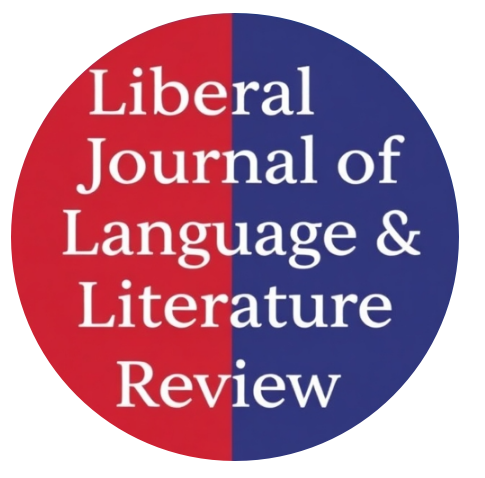Feminism And Intersectionality In Contemporary Novels: A Critical Analysis Of "Girl, Woman, Other" By Bernardine Evaristo
Abstract
This paper analyzes this multifaceted representation of feminism and intersectionality in the Booker Prize-winning novel written by Bernardine Evaristo entitled Girl, Woman, Other (2019). By means of the analysis of the twelve interconnected stories found in the book, the present study seeks to understand how Evaristo uses intersectional feminist theory to bring understanding to Black British women with regard to their multifaceted experiences across generations, social classes, sexual orientations, and cultural backgrounds. The study shows the way the novel undermines the monolithic images of feminism by offering a variety of female voices and exploring the boundaries between race, gender, class, sexuality, and age. Applying text analysis and feminist literary criticism, the given paper will argue that Evaristo has produced a rather impressive piece of contemporary feminist literature that she has made by adhering to the idea of intersectionality initially developed by Kimberly Crenshaw. The nonlinear and multi-voiced form of a novel, uncommon at the time of writing, is a literary embodiment of the intersectional feminist idea where various subsets of oppression and privilege can act and interact at the same time in the lives of poor women. The given paper will analyze this multifaceted representation of feminism and intersectionality in the Booker Prize-winning novel written by Bernardine Evaristo entitled Girl, Woman, Other (2019). By means of the analysis of the twelve interconnected stories found in the book, the present study seeks to understand how Evaristo uses intersectional feminist theory to bring understanding to Black British women with regard to their multifaceted experiences across generations, social classes, sexual orientations, and cultural backgrounds. The study shows the way the novel undermines the monolithic images of feminism by offering a variety of female voices and exploring the boundaries between race, gender, class, sexuality, and age. Applying text analysis and feminist literary criticism, the given paper will argue that Evaristo has produced a rather impressive piece of contemporary feminist literature that she has made by adhering to the idea of intersectionality initially developed by Kimberly Crenshaw. The nonlinear and multi-voiced form of a novel, uncommon at the time of writing, is a literary embodiment of the intersectional feminist idea where various subsets of oppression and privilege can act and interact at the same time in the lives of poor women.
Keywords: Feminism, intersectionality, contemporary literature, Black British women, identity, diversity




